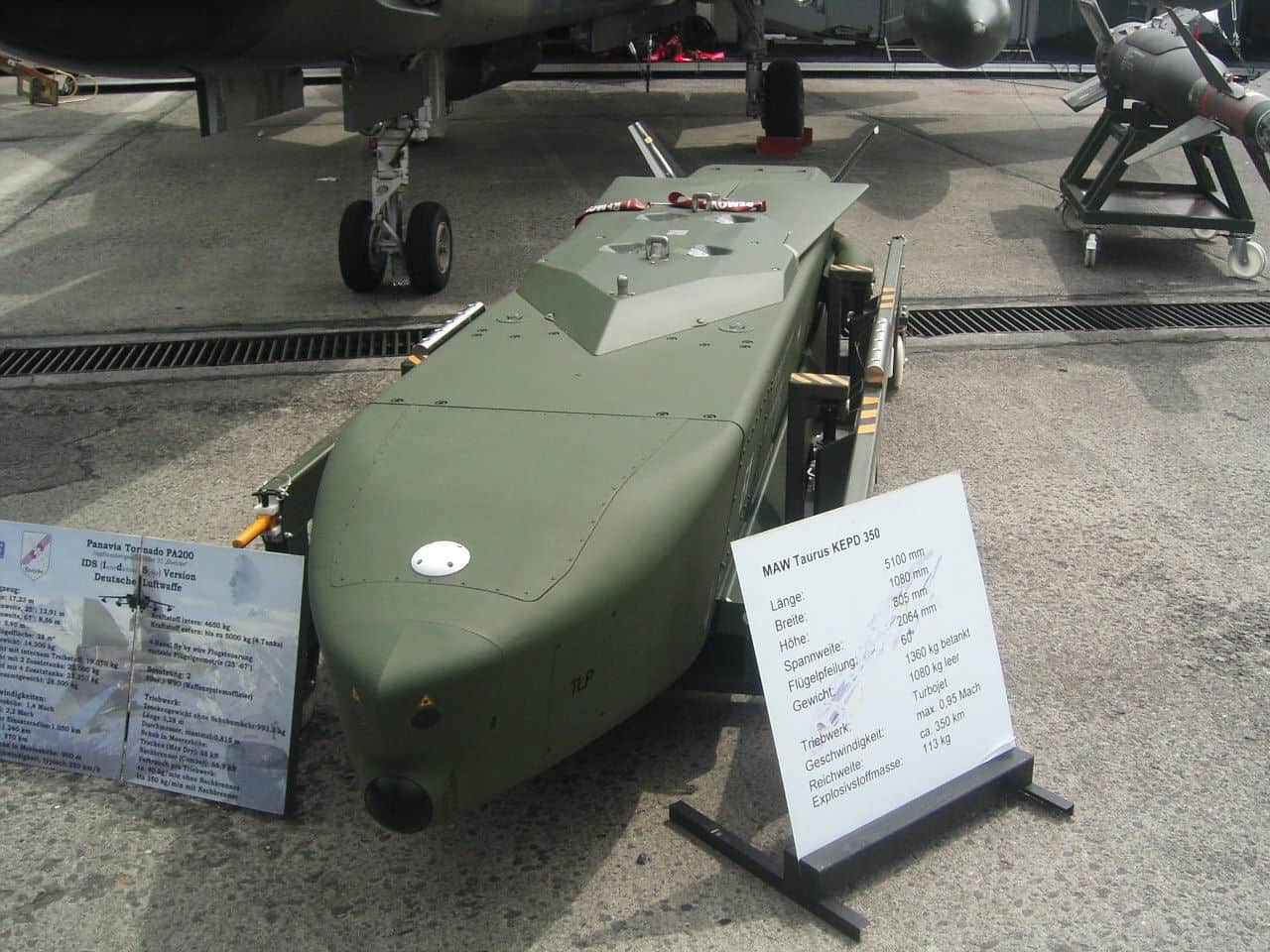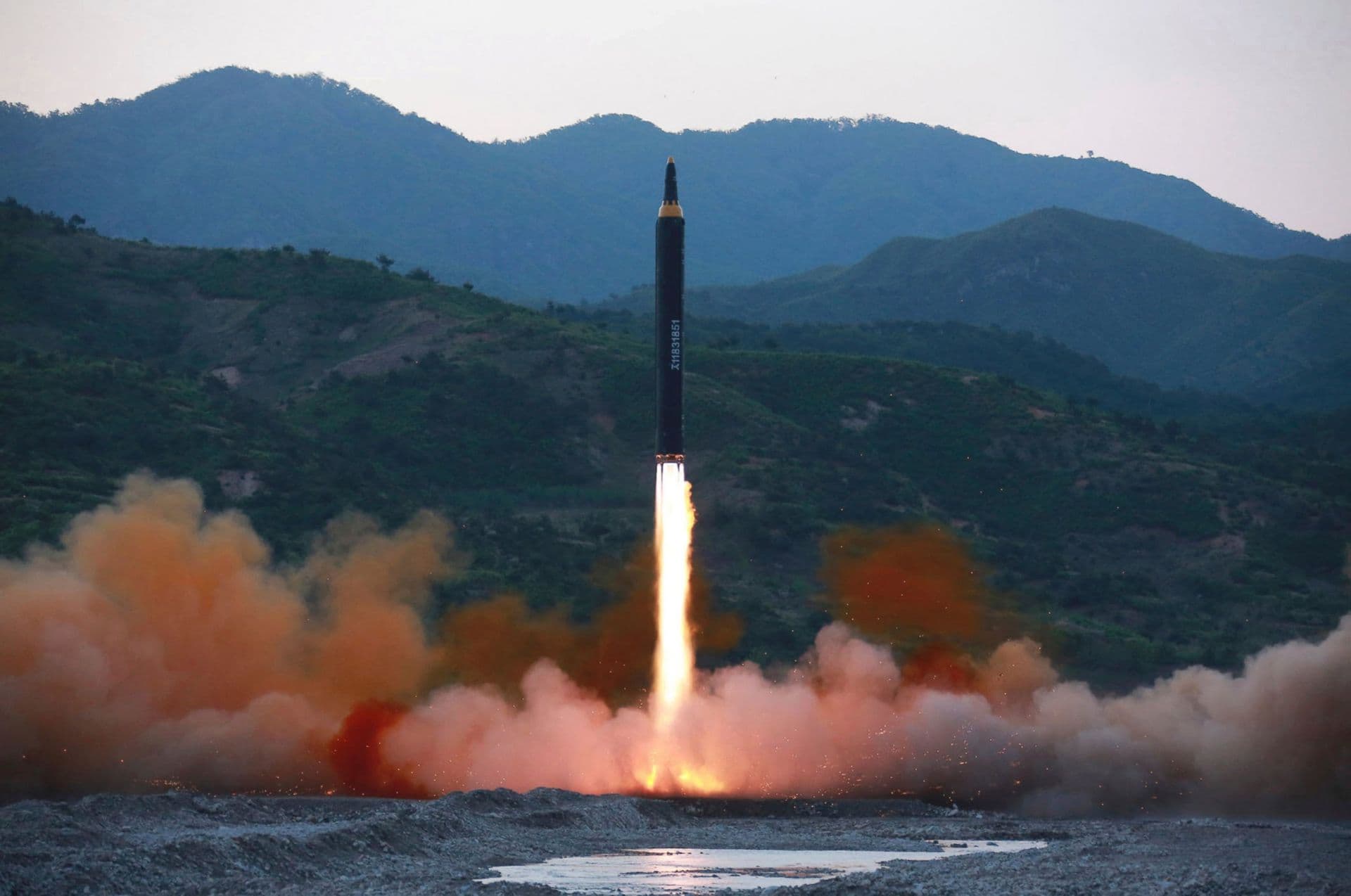South Korea’s Air Force said Wednesday it has successfully conducted its first live-fire exercise for Taurus, a long-range air-to-surface missile introduced from Germany for precision bombing of key facilities in North Korea.
In the exercise, which took place in the air over Taean, South Chungcheong Province, on Tuesday, the Air Force’s F-15K fighter jet fired a Taurus missile, which flew some 400 kilometers and precisely hit an intended target in the coastal waters off Gunsan, North Jeolla Province, the Air Force said.
The 500-kilometer-range Taurus is capable of carrying out precision attacks on targets in the North’s capital Pyongyang, even if it is fired as far as from the central part of South Korea.
With the maximum speed of 1,163 kph, Taurus’ range expands to the entire North Korea if it is fired near the South Korean capital Seoul, putting any target in the communist country within a 15-minute reach of the weapon.
South Korea is currently on course to deploy some 170 Taurus missiles as part of its on-going air defense buildup plan, Kill Chain, and decided to import around 90 more last year.
The Ministry of National Defense has told the parliament earlier in the month that it was planning the Taurus live-fire drill in response to North Korea’s sixth nuclear test on Sept. 3.
The latest exercise was also designed to test the Air Force’s integration of the German missile with local fighter jets and its performance.
“By hitting the target precisely, the exercise showed off the military’s capability to respond to an enemy attack, as well as its ability to launch precision attacks on strategic targets even from a far distance,” the Air Force said.
The missile was fired without an explosive device in consideration of safety in the affected areas and fishing ships were warned to avoid the exercise area beforehand, the Air Force also noted.
Against the backdrop of North Korea’s continuing provocations, South Korea plans to speed up its Taurus deployment to reinforce the military’s air power, said an official at the Defense Acquisition Program Administration, the military procurement agency.











